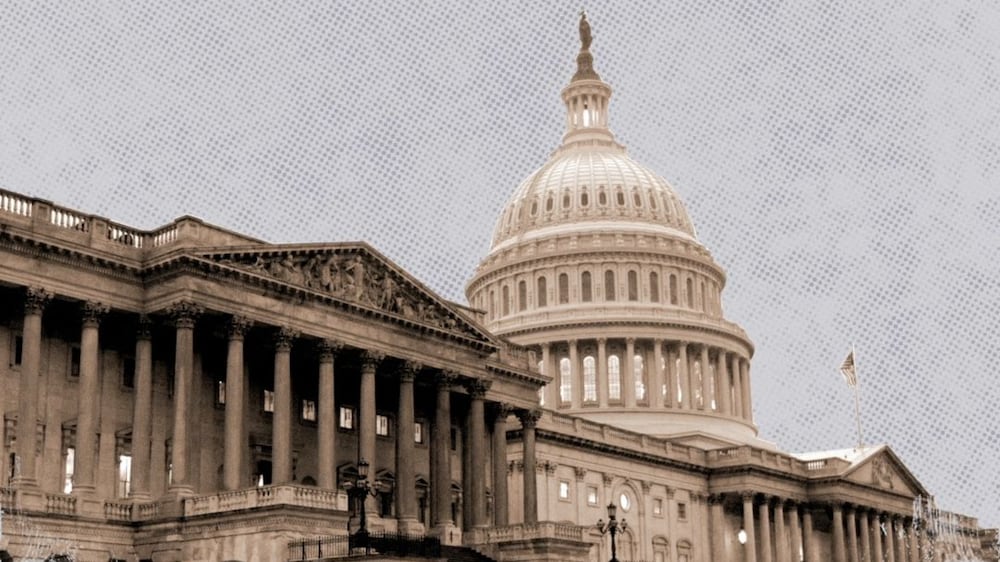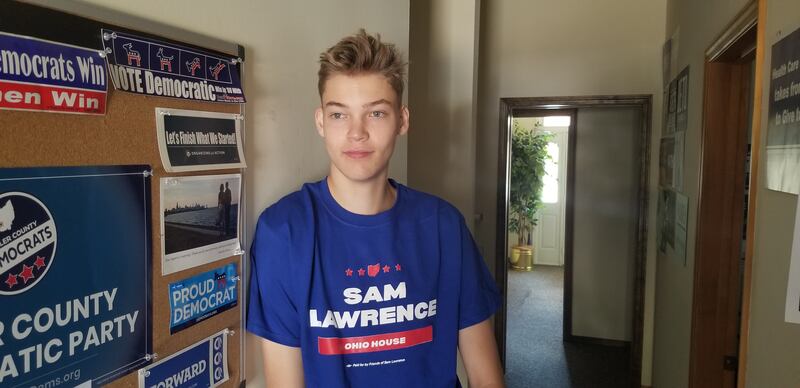It’s 1pm on a balmy autumn afternoon when Sam Lawrence’s rangy frame approaches the rear entrance of the Butler County Democratic Party headquarters in Ohio.
He’s here to gather materials before embarking on yet another round of neighbourhood door-knocking in a bid to convince locals to vote for him in the coming midterm elections.
Mr Lawrence is seeking a seat in Ohio’s House of Representatives, but is up against it – his opponent is a Republican Party incumbent.
The other thing about Mr Lawrence? He is only 19 years old.
While some may see his age and inexperience as drawbacks, Mr Lawrence, his team and a growing number of young Americans across the board have been moved to take up politics.
“If you look at the age of people in our Congress or our state legislatures, it’s much higher than the average age of the population,” he says.
Records show the average age of members of the US House of Representatives is almost 60.
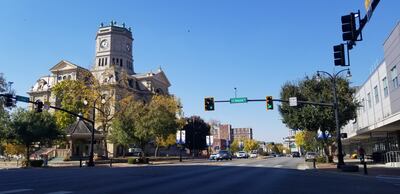
“I look around the world and see a lot of younger world leaders – Finland and Ukraine and even France. There’s a shift that a lot of people want to see that new generation of leadership.”
Through his grassroots campaign with 75,000 Twitter and 48,000 TikTok followers, Mr Lawrence has built a significant, visible public platform in recent months that has included campaigning alongside major Democratic Party figures such as Tim Ryan.
His campaign team is staffed with energised college students who, like him, are hungry for change.
Polls show that young Americans are fed up with a lack of political representation, as critical issues such as climate change, abortion rights and gun control are being decided by politicians some say are out of touch with the needs of younger people.
“In 2020, young people 18 to 25 years old ran for office at greater rates than in the previous decade,” says Sara Suzuki, a postdoctoral researcher at the Centre for Information and Research on Civic Learning and Engagement at Tufts University.
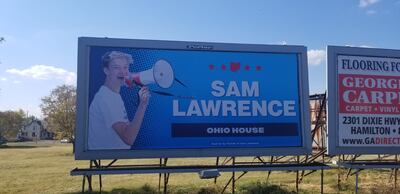
“In 2010, 1.9 per cent of candidates for office were ages 18-25. In 2020, it was nearly double: 3.6 per cent.”
Mr Lawrence isn’t alone.
A host of new Gen Z politicos are gearing up for elections next week in a series of races across the country.
In Florida’s 10th Congressional district, an area west of the city of Orlando, 25-year-old Maxwell Frost is odds-on to become the first Gen Zer — Americans born around 1997 or later — to be elected to the US Congress.
Democratic Party candidate Nabeela Syed, a Muslim American with family roots in India, is running on November 8 to represent her district in the Illinois statehouse. Ms Syed says she was motivated to get involved in politics by Donald Trump's presidency.
“I was born and raised here and don’t know any other country," she told news website Chegg this month.
"Just feeling like people in this country didn’t like me, that was when I decided: we need to force ourselves into political spaces".
But youth moving into politics is not a uniquely liberal trend.
In New Hampshire, 25-year-old Karoline Leavitt, a former assistant press secretary during the Trump administration, is running to unseat the Democratic Party incumbent.
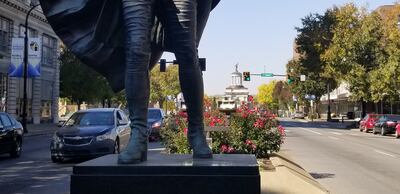
Should she win, she would become the youngest woman to ever be elected to Congress.
Her campaign has been buoyed by huge financial donations and an endorsement on Saturday from Mr Trump.
Polls from earlier this month have Ms Leavitt — who claims Joe Biden did not win the 2020 presidential election — slightly behind or neck and neck with her opponent.
Mr Lawrence’s political career began when he volunteered for former presidential candidate — and current transport secretary — Pete Buttigieg in 2020. Despite his early venture into politics, he says he never expected to seek public office while still a teenager.
The challenges are significant.
Mr Lawrence’s opponent won 93 percent of the vote in her most recent election in 2020, albeit with a turnout of only 18 percent.
He is also fighting broader political headwinds: once a bellwether state, Ohio has turned conservative in recent years, with Mr Trump winning here by significant margins in the 2016 and 2020 presidential elections.
But Mr Lawrence is hoping that months of door-knocking, combined with Ohio Republican politicians' stance on abortion and gun control, as well as their involvement in a major energy scandal, will shuffle voters in his direction.
“I’ve spoken to a huge number of Republicans who, whether because of my opponent or because they know me, have decided to cast their ballot for me,” he says.
Being a second-year political science student at Miami University, which is located in his voting district and has a student body of 20,000, may also work in his favour.
“Young people have overwhelmingly favoured Democratic candidates at the national level and in most states,” says Ms Suzuki.
“Young people who are in college or have college experience also vote at higher rates than youth without college experience.”
Still, with days left before polling day, the 19-year-old is under no illusions.
“We’re an underdog campaign. I recognise this,” he admits.
“This is a red district and we’ve turned it into an unlikely battleground.”
What are the US midterm elections and why are they so important?
